Practice Yoga for Your Feet
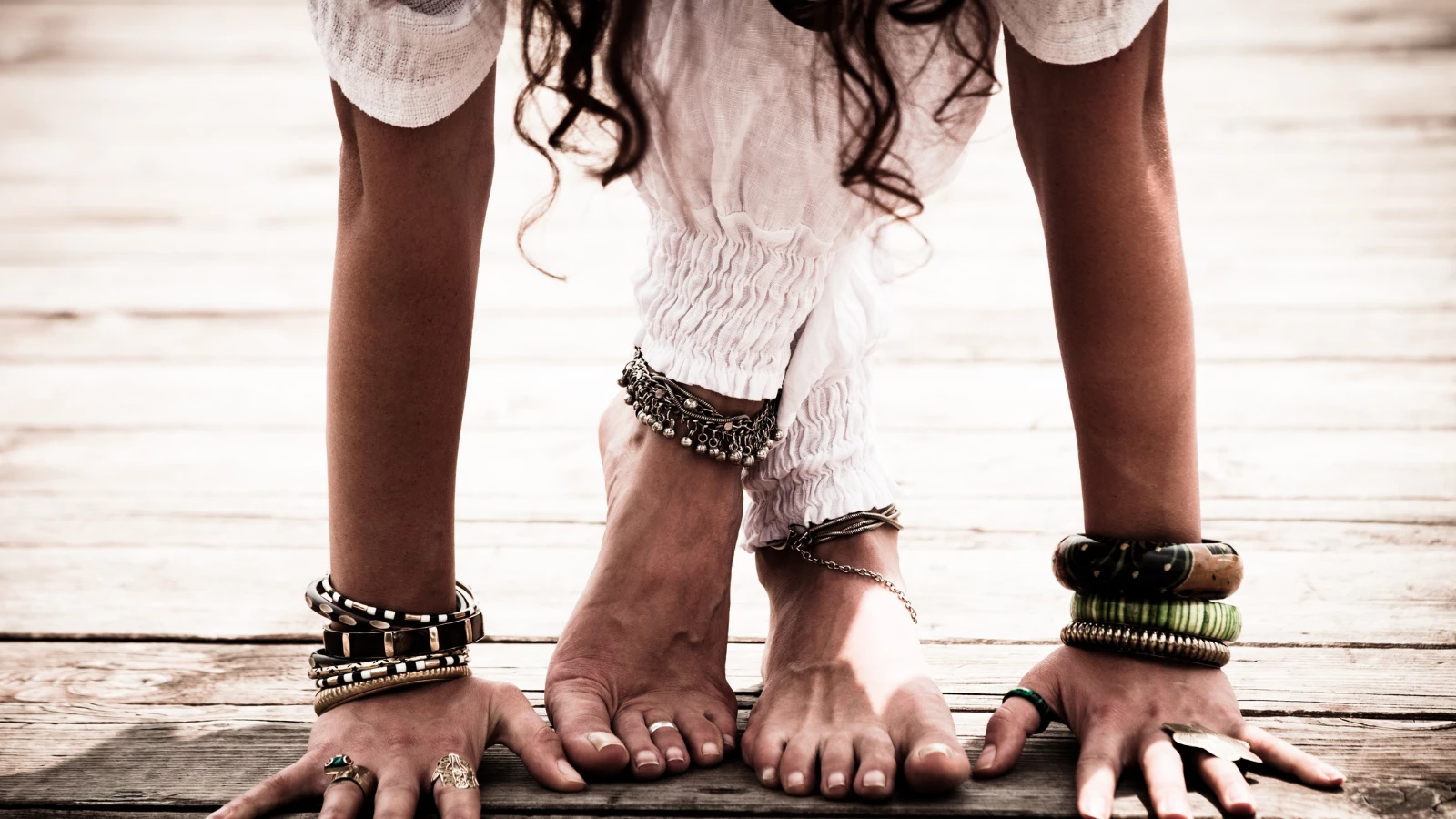
Article At A Glance
Have you ever thought of practicing yoga for your feet? It is easy to overlook our feet, way down there at the bottom of our legs, especially if we have our eyes constantly on what’s ahead! And if they are feeling and working fine, we often don’t give them a second thought. That can all change in the blink of an eye when something goes awry with our feet, even something as seemingly innocuous as a pebble in a shoe.
What Your Feet Can Tell You
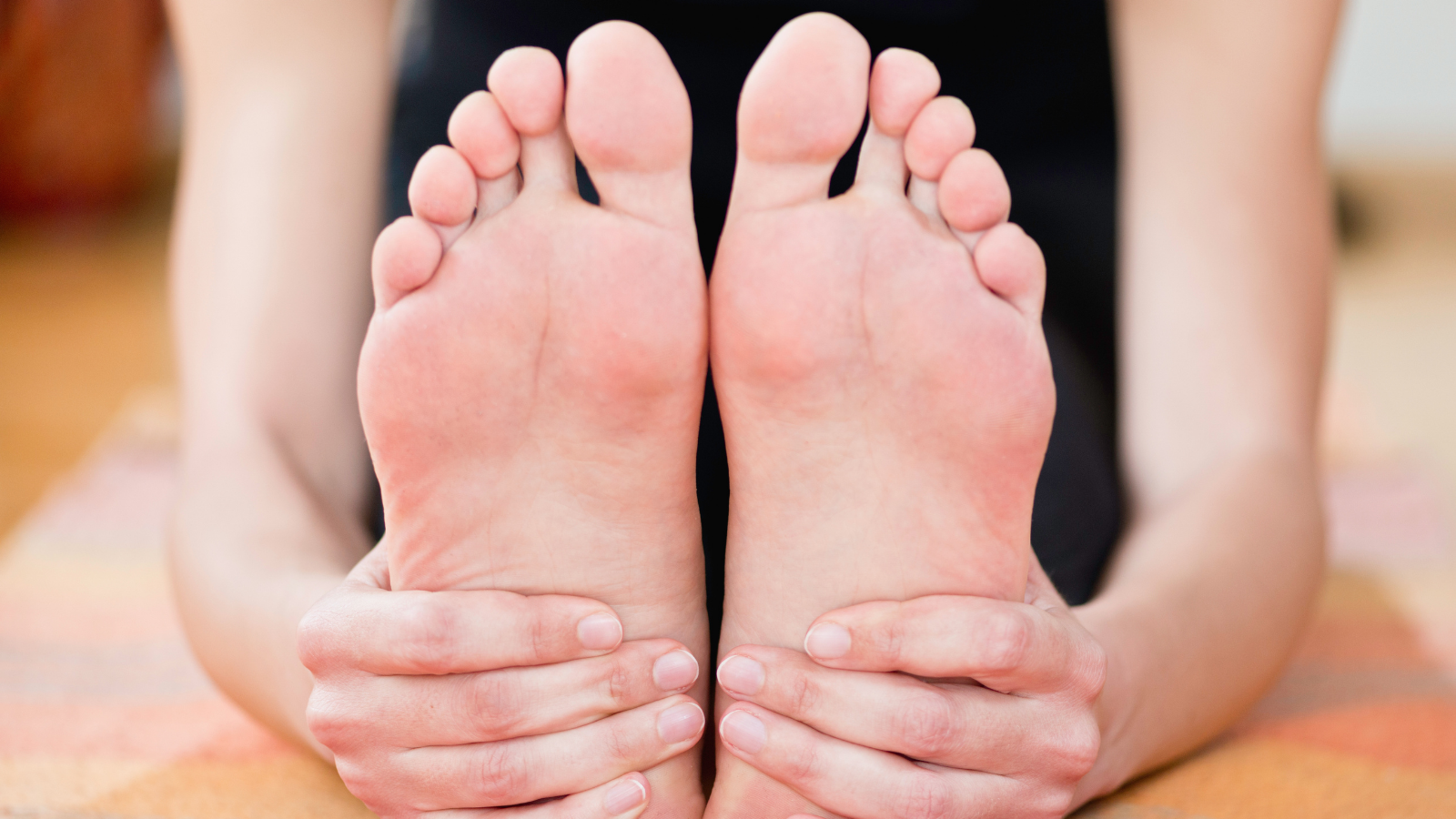
Yet the reality is that the health of our feet is essential to our overall health and wellbeing, especially as time moves on and we get older. Atul Gawande, MD, points out in his book Being Mortal, that gerontologists, specialists in geriatric medicine, use the ability for a person to observe and care for their own feet as an indication of their likelihood to remain independent and healthy with advancing age. Something as simple as, when we are in our 20s, being able to see the bottom of our feet to look for cuts or splinters can become progressively more challenging for many reasons as time goes on. Even being able to cut our own toenails can be monumental if we have non-foot issues that make it difficult. Think significant knee arthritis or a hip fracture that limits hip movements.
How Your Feet Connect to Everything Else
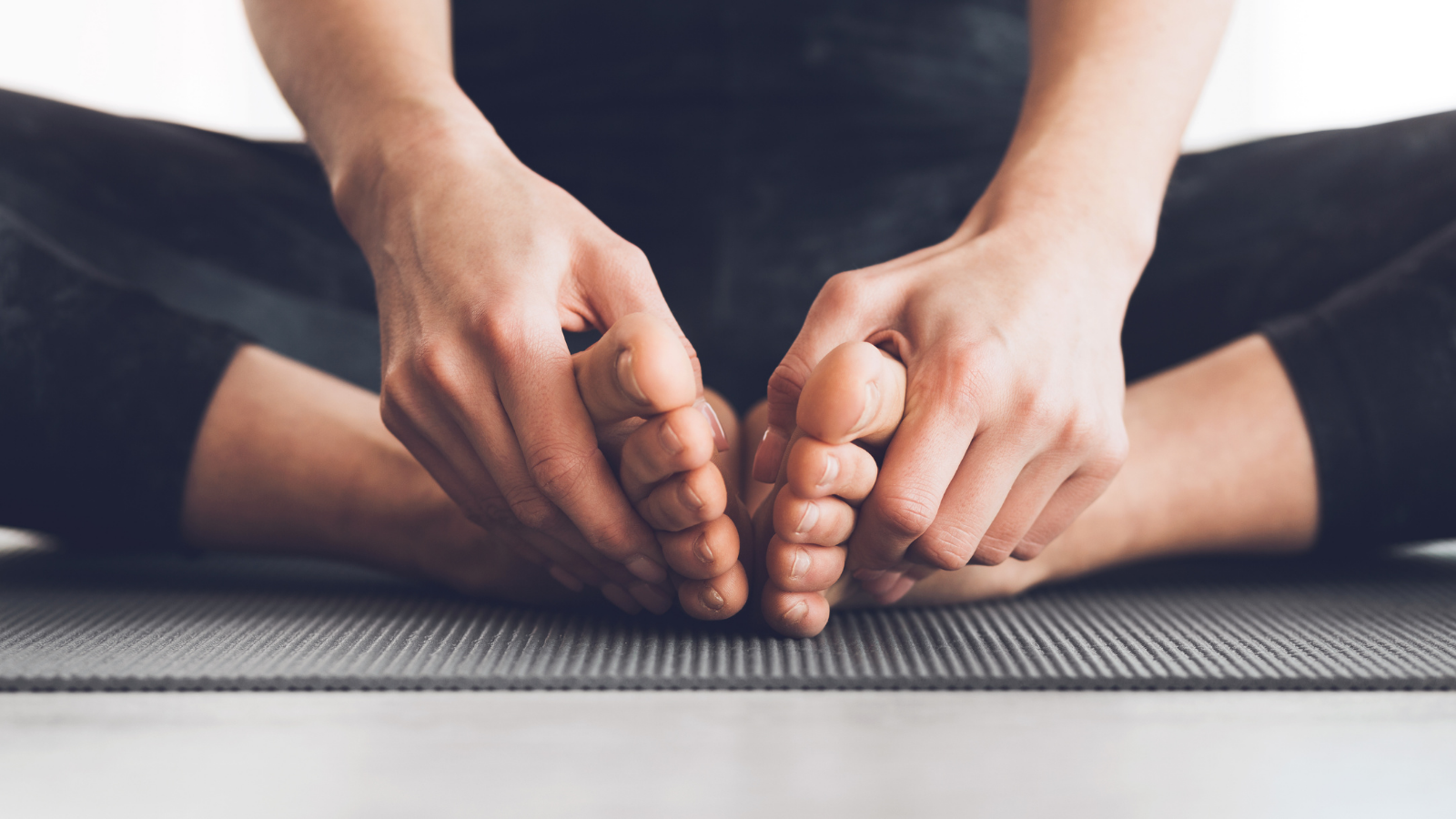
Personally, I’ve been acutely aware of the importance of healthy feet as roaming foot pains have occasionally surfaced lately related to my newest interest, playing singles tennis. It seems that simply running and stopping for an hour can be surprisingly demanding of the feet, and I have at times had to rest the feet for a few days to allow them to return to pain-free status before hitting the courts again. Oh, and have I mentioned I have inherited my Grandma Lopresto’s big toe bunion on my right foot?
And on a recent visit to see my mom, our first in-person visit since the pandemic began, her challenges with maintaining foot health became clear to me. She has suffered a hip fracture in both hips from falls in the last five years, most recently just over a year ago. As a result, her walking ability has been dramatically impacted, although she is determined to regain it again. This change in ability has resulted in regular swelling of the feet and ankles and limited hip-joint movement. Fortunately for her, she is able to get regular pedicures to keep the feet in better condition than she can do on her own. And I re-enforced the benefits of elevating her legs regularly to address swelling, suggesting a modified Legs-Up-the-Wall Pose (Viparita Karani) she can do on the couch or in bed.
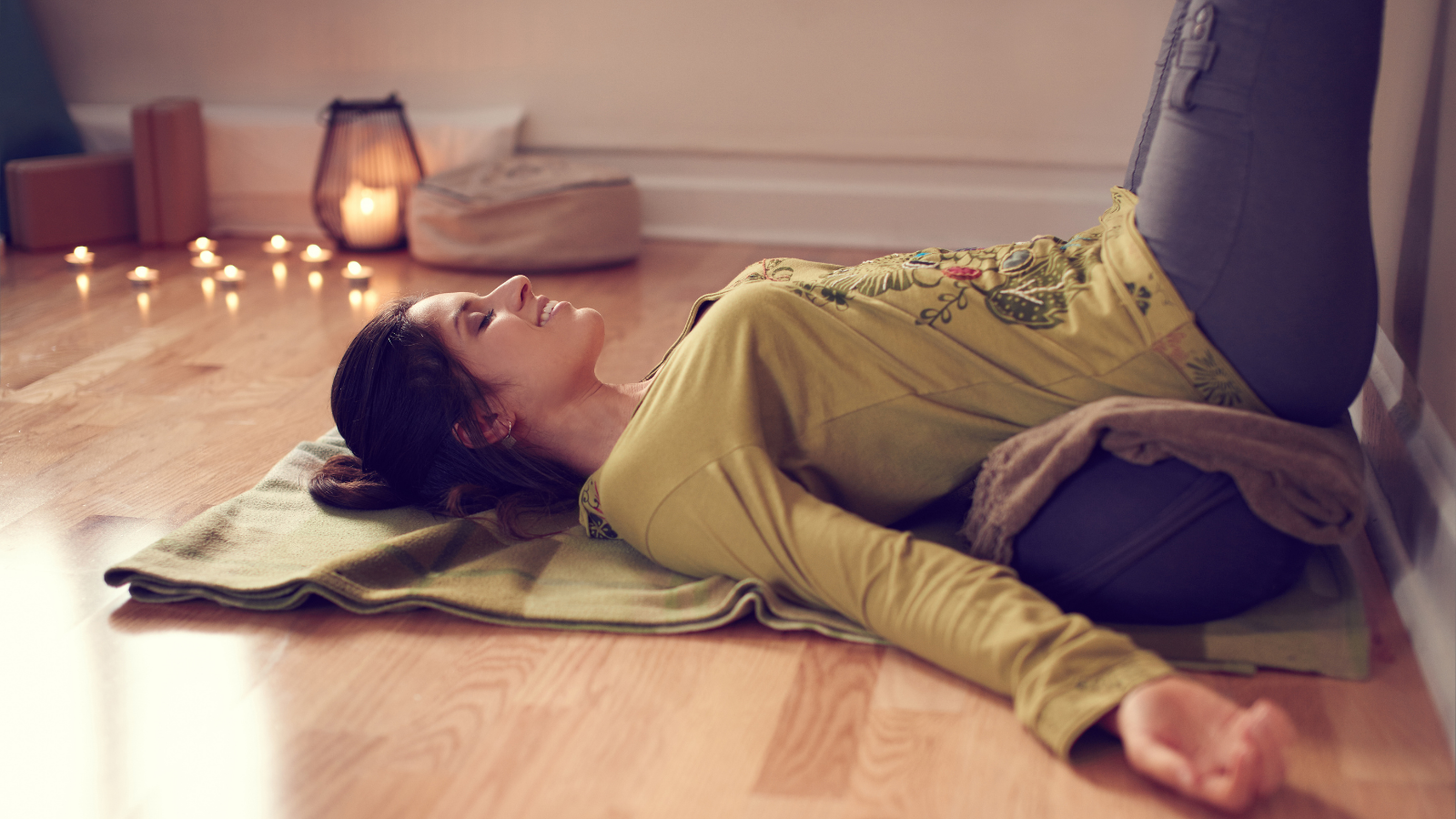
Yoga for Your Feet to the Rescue!
Although not a cure-all for all that ails the feet, yoga goes a long way in addressing the overall health of our feet, both maintaining and improving it. The asana practice, done typically in bare feet, helps to keep the nerve sensors of our skin turned on, improving our proprioception (our sense of where our body parts are in space), a great way to reduce the chance of falls.
Yoga practice moves toe, foot, and ankle joints through their healthy range of motion. The poses encourage both flexibility and strength and help maintain good circulation of blood and lymph fluid in and out of the feet. And even our mindfulness practices can have the benefit of tuning us in to the more subtle sensations that are arising in the feet, providing us with the opportunity to respond sooner than later when things start to feel out of balance in our feet. And studies show that yoga is generally beneficial for arthritis, and the feet certainly are affected by that!
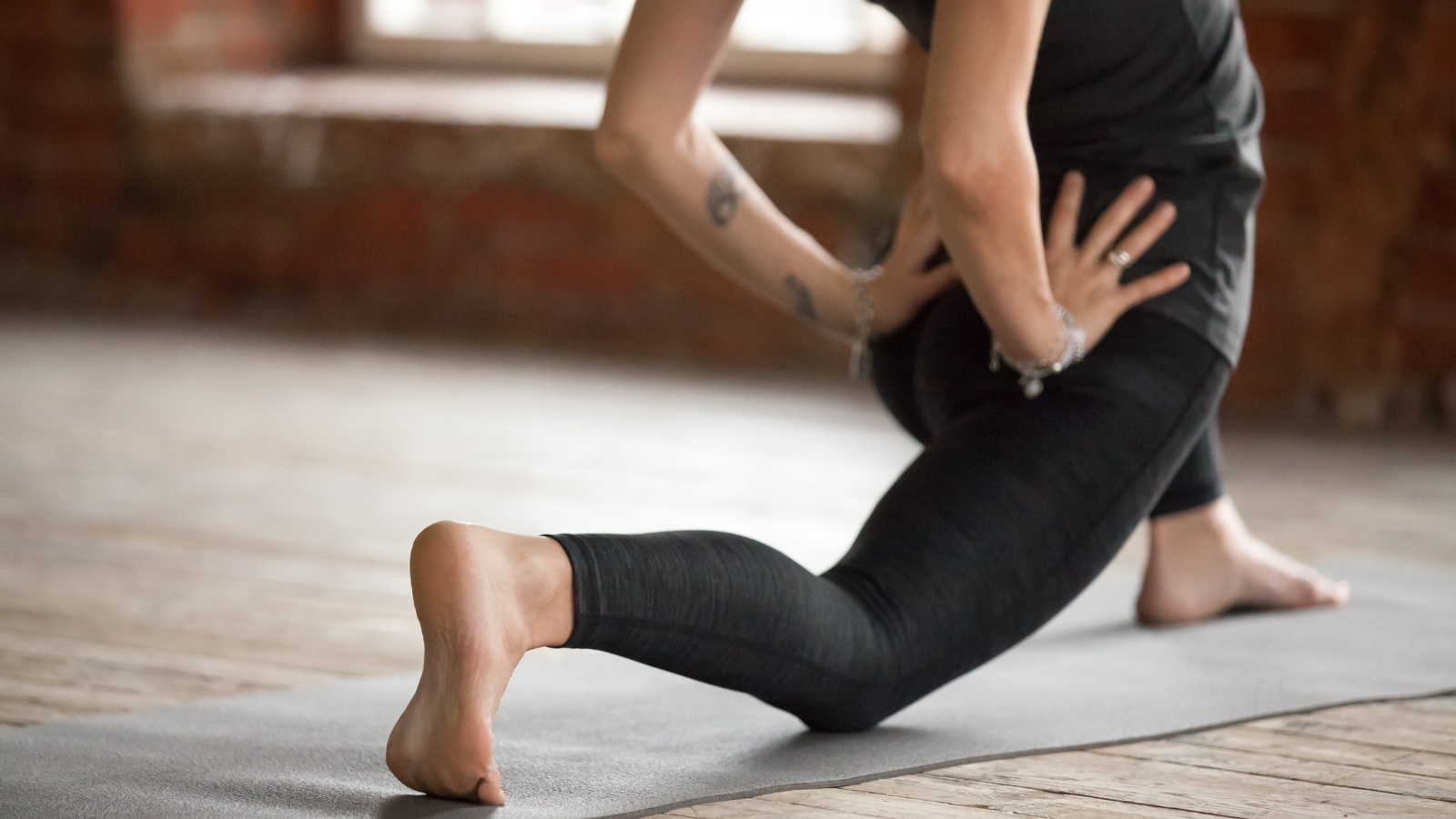
For those interested in improving the health of their feet through yoga, especially if new to yoga, the key is finding the right class or teacher to help you on your way. If you are a beginner, look for a class that is specifically for beginners. If you have specific foot issues you want to address, look for a therapeutic yoga class and check-in with the teacher before your first session to discuss your specific issues and goals.
Consider finding a yoga therapist in your area, or one you can work with online to get a more personalized approach to practicing yoga for your feet. Even small strides (sorry, couldn’t be helped!) in taking better care of your feet will go a long way in supporting your long-term wellness goals.
Massaging, Rolling and Spreading: More Yoga for Your Feet
I’m a big fan of foot massage, whether it is self-massage, pedicure, or full body massage. I find it helpful to request the kind of work I’d like the massage person to do for my feet—gentle, moderate, deep.
I also like rolling the soles of the feet, using tennis balls (super inexpensive) or specialized balls. I also use my drumsticks to roll the soles of the feet, to good effect.
Some folks speak highly of using toe spreaders to keep the toes from gradually folding over one another. I do something similar by just threading my fingers between my toes and mobilizing them in different directions gently. Here is my toe mobilization practice:
Also, read...
Warrior I Pose: 5 Strengthening Variations
4 Easy Ways to Use a Sandbag in Yoga Practice
Exercise and Longevity: Diversify Your Yoga Practice for Maximum Benefits
Related courses
Breath as Medicine: Yogic Breathing for Vital Aging
Yoga and Myofascial Release: Releasing Chronic Tension with the Bodymind Ballwork Method

Baxter Bell, MD, C-IAYT, YACEP, fell in love with yoga in 1993 while he was working full-time as a family physician. His appreciation for the potential of yoga to foster health, healing, and equanimity was so great that he soon stepped down from his medical practice and trained to become a yoga teacher. Now, he focuses on teaching yoga full time, both to ordinary students of all ages and physical conditions and to the next generation of yoga teachers and yoga therapists, to whom he teaches anatomy and yoga therapy along with his accessible, skillful style of yoga. He also sees students privately, helping them use yoga to help heal from and/or cope with a wide range of medical conditions. At this point, with 23+ years of teaching experience under his belt, Baxter brings a unique perspective to his teaching, combining his understanding of anatomy and medicine with his skill at instructing people from all walks of life and all levels of ability.
In addition to teaching classes, workshops, and retreats internationally, Baxter is a past presenter at Yoga Journal Conferences and the International Association of Yoga Therapy’s Sytar Conference and teaches online courses and classes at Yoga U Online. Baxter is also the co-author of the popular and ground-breaking book Yoga for Healthy Aging and his blog, “What’s On Your (Yoga) Mind,” where he shares his knowledge of medical conditions, anatomy, yoga, and more with practitioners and teachers across the world. He has written articles for the Yoga Journal and the Journal of the International Association of Yoga Therapy. He is often quoted as an expert on yoga and health by major national news outlets such as the Washington Post and the Wall Street Journal. To learn more, visit www.baxterbell.com, and his YouTube channel and Instagram page at Baxter Bell Yoga.



